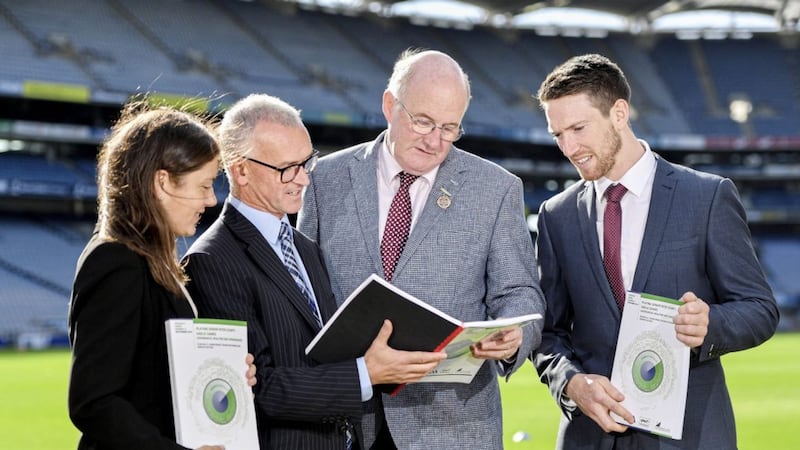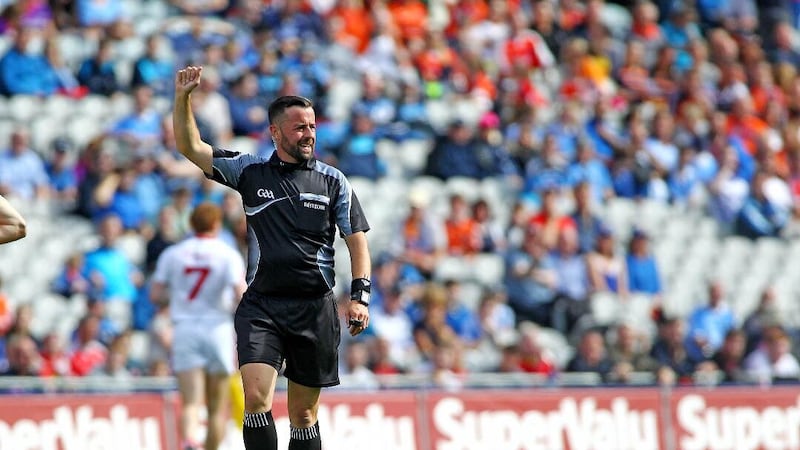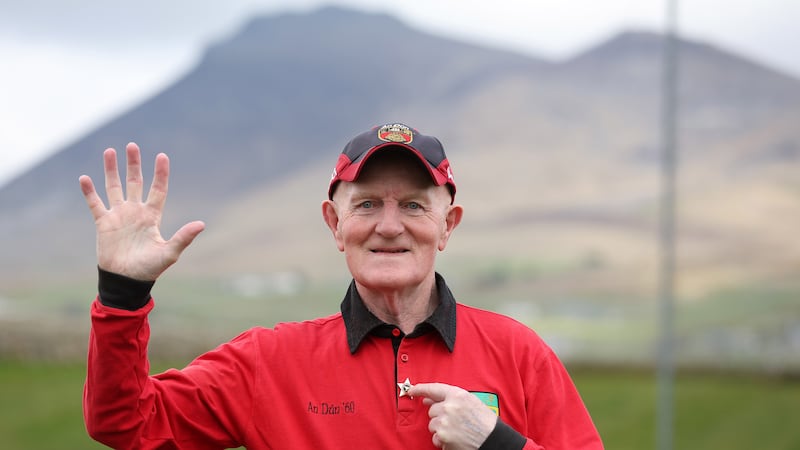THE only thing that the release of yesterday’s ESRI report did was put down in black and white what we’ve known for a long time already.
What was perhaps most interesting was that the report was commissioned jointly by the GAA and the GPA, and yet the results reflect poorly on them in terms of the whole issue of player welfare.
In one sense, you can absolve the authorities of some of the responsibility. When you see a statistic that tells you 83 per cent of players trained separately of their own accord during weeks when they had no game, there is only so much that any leash would do to hold them back.
But equally, you have to question what the idea behind releasing this report actually is.
If it is to take the recommendations and act on them in a bid to improve not only the association’s health, but the health of the players under its wing, then it will have been a worthwhile venture.
While the language in the report is not overbearing in terms of telling the GAA they must do this, that and the other, there’s an unmistakable tone in the recommendations that change must be affected for the good of everyone involved.
It has always been the cry that the players come first, that they are the primary consideration in everything, and yet three-quarters of them think that too much is being asked of them.
And while the introduction of so much sports science into the GAA has improved the physical attributes of players, the report questions whether teams have crossed the threshold and are now doing too much, to the point of it being detrimental to performance.
There will no doubt be sports scientists and S&C coaches lining up to pop back but the evidence is stark. Over half of the players surveyed said that they had played while injured during the 2016 season. That leads you to question how high a priority player welfare actually is for some.
And that can only be further questioned when you see that, as demands continue to rise, players continue to commit, even when it’s against their better judgement.
What suffers is the time they spend with their friends and families, the time they spend socialising, the time they spent at other hobbies or interests, and the time they spend sleeping, a lack of all of which can be detrimental to the individual’s mental health.
The fact that players are spending up to 31 hours a week on their inter-county commitments, and forsaking other aspects of their life to do so, is more than simply a cause for concern.
It’s unhealthy. And yet, as the report states, players could well be resistant to the idea of rowing back on some of the measures that have helped develop the level of the game.
Those measures require the commitment of time and effort. There’s no way around that.
So the question is: What do the GAA and GPA hope to gain from this report?
When almost 80 per cent of the players surveyed said that they wouldn’t sacrifice their personal inter-county careers to spend more time with their clubs, it highlights how close to the precipice of a split between club and county, amateur and semi-professional, the organisation actually sits.
Does the GAA have the steel to take the recommendations on board and tackle the problems that are highlighted? And in doing so, they may well have to take on the GPA too.
Or is this simply a vehicle that they can use somewhere down the line to justify the permanent divorce of club from county?
That split is an inevitable consequence of the current level of demand being placed on players, and is only avoidable if those demands are forcibly cut back.
The GAA have serve here. They’re the ones in control. But a hard line is required, and the intentions of it must be right.








